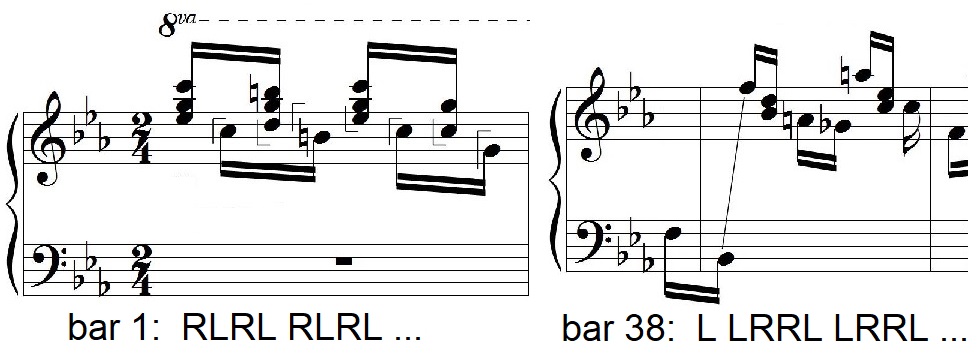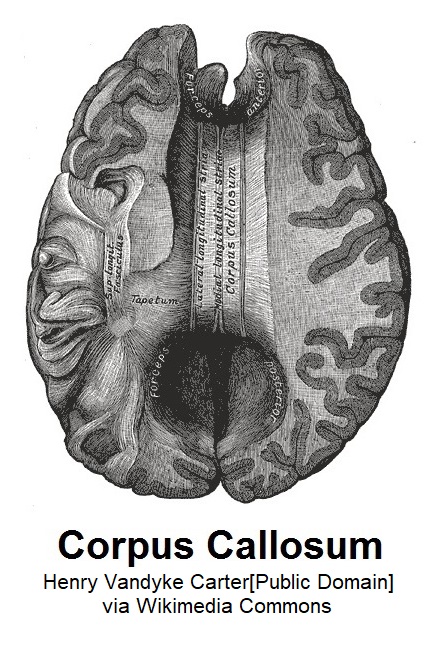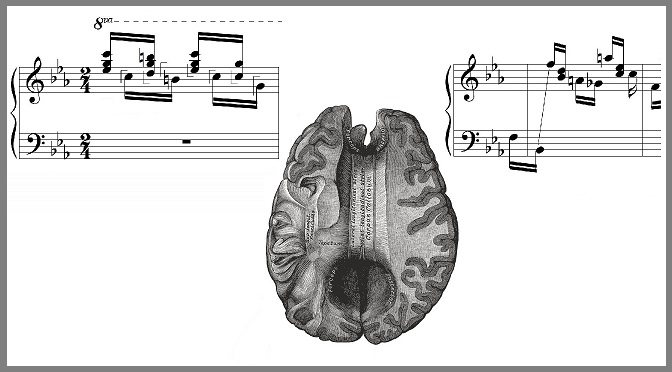7 Fun Facts about Prelude No. 7

1. Within my Nine Preludes for Piano Solo, Prelude No. 7 is symmetrically opposite the other scherzo-like prelude, No. 3, whose key center is a tritone away. Both are in minor keys. Prelude No. 3 features lots of spirits, of the October 31 variety. Prelude No. 7 has lots of spirit.
![]()
2. Prelude No. 7 is in rondo form, where repetitions of the opening A section are interleaved with contrasting sections. But unlike in the classical rondo, the third appearance of the A section is in the wrong key, pitched a fifth higher. Hey, these things happen. 😉
3. Wikipedia states: “Rondo as a character-type (as distinct from the form) refers to music that is fast and vivacious –- normally Allegro. Many classical rondos feature music of a popular or folk character.” Prelude No. 7 is certainly “fast and vivacious,” and some of it is suggestive of jazz or ragtime.
4. Except for the very last measure, the two hands never sound simultaneously. For the most part, the hands alternate by sixteenths (see bar 1 below). Sometimes the right hand is on the beat, sometimes the left hand. In most measures of the B section, however, each hand takes two sixteenths at a time (bar 38).

5. The 2/4 meter might naturally suggest a power-of-2-based rhythmic hierarchy, but the prelude substitutes jazzier, more capricious alternatives, like these cross-rhythms:


6. The Corpus callosum is the portion of the brain that coordinates left with right. Before attempting to play this piece, consider taking your Corpus callosum in for a tune-up.
7. Anton Rubinstein famously called the damper pedal “the soul of the piano.” By that standard, Prelude No. 7 is the only piano piece I ever wrote that has no soul at all. But as noted above, it does have lots of spirit. 🙂

